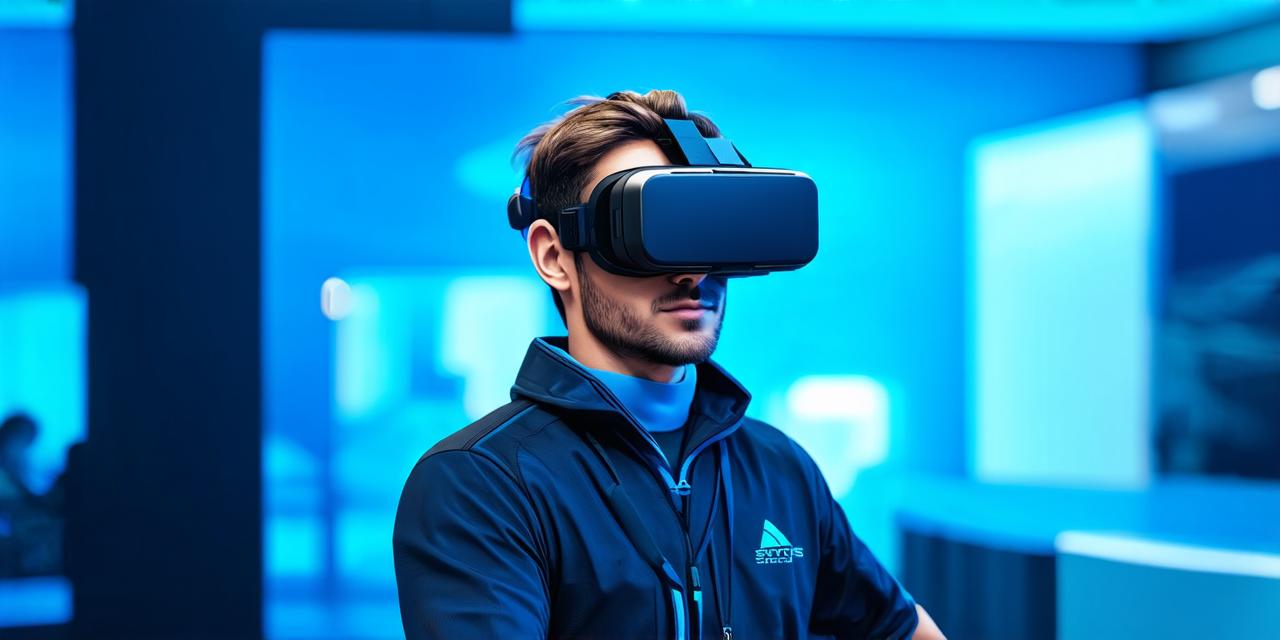What is Virtual Reality?
Virtual reality technology involves the use of specialized hardware and software to create an immersive experience that engages all of a user’s senses. Typically, this involves wearing a VR headset or goggles that track the movement of the user’s head and adjust the image in real-time based on where they are looking. Some VR systems also include hand controllers or gloves that allow users to interact with virtual objects in a more realistic way.
Examples of Virtual Reality
There are many different ways that virtual reality technology can be used, from gaming and entertainment to education and training. Here are just a few examples:
- Gaming and Entertainment: One of the most well-known applications of virtual reality is in gaming and entertainment. VR games allow players to fully immerse themselves in a game world and feel like they are really there, whether it’s fighting off alien invaders or exploring a fantastical new realm.
- Training and Education: Virtual reality technology can also be used for training and education purposes. For example, VR simulations can be used to train doctors and nurses in surgical procedures, allowing them to practice without the risk of harming real patients. Similarly, VR simulations can be used to teach students about history, science, and other subjects in a more interactive and engaging way.
- Tourism and Hospitality: Virtual reality technology is also being used in the tourism and hospitality industry to give potential customers a glimpse into what they can expect when they visit a destination. For example, VR tours of hotels or vacation homes allow users to see the amenities and features before making a booking. Similarly, VR simulations of popular tourist attractions, such as museums or historical sites, can be used to give visitors an immersive experience that they might not otherwise have had the opportunity to enjoy.
- Architecture and Design: Virtual reality technology can also be used in architecture and design to allow designers to visualize their creations in a more realistic way. By creating VR simulations of buildings or landscapes, architects and designers can see how their designs will look and function in a real-world context, making it easier to make changes and refinements before the final product is built.
- Engineering and Manufacturing: Virtual reality technology can also be used in engineering and manufacturing to improve efficiency and reduce costs. For example, VR simulations can be used to test and refine designs before they are built, reducing the need for physical prototypes. Similarly, VR can be used to train engineers and manufacturers on how to use complex machinery or equipment, reducing the risk of accidents and improving productivity.
The Future of Virtual Reality
Virtual reality technology is still in its early stages, but it has already shown great promise in a variety of industries. As the technology continues to develop and improve, we can expect to see even more innovative uses of virtual reality in the future. Whether you are a developer looking to create immersive experiences or a user looking for new ways to engage with technology, virtual reality is sure to be an exciting and transformative force in the years to come.
FAQs
1. What is virtual reality?
Virtual reality technology involves the use of specialized hardware and software to create an immersive experience that engages all of a user’s senses.
2. What are some examples of virtual reality?
Virtual reality can be used in gaming and entertainment, training and education, tourism and hospitality, architecture and design, and engineering and manufacturing.
3. How does virtual reality work?
Virtual reality typically involves wearing a VR headset or goggles that track the movement of the user’s head and adjust the image in real-time based on where they are looking. Some VR systems also include hand controllers or gloves that allow users to interact with virtual objects in a more realistic way.
4. What is the future of virtual reality?
Virtual reality technology is still in its early stages, but it has already shown great promise in a variety of industries. As the technology continues to develop and improve, we can expect to see even more innovative uses of virtual reality in the future.
